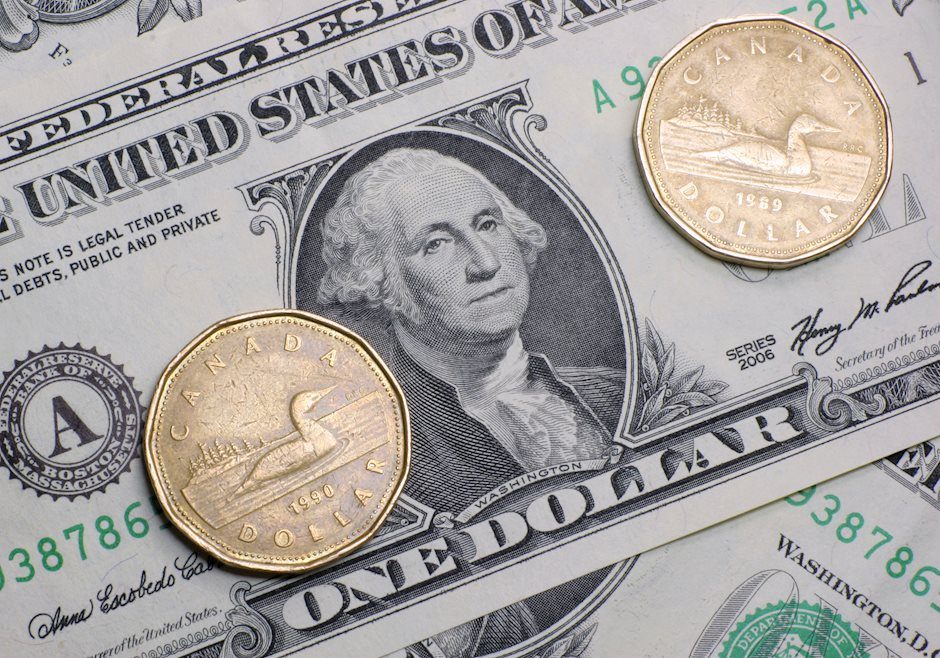USD/CAD extends downside to 1.3800 after US/Canada economic data
- USD/CAD slides to near 1.3800 after weak US ADP Employment and better-than-expected Canada monthly GDP for May.
- Weak US ADP Employment suggests that some cracks have appeared in the resilient US labor market.
- Investors await the Fed policy announcement.

The USD/CAD pair declines to near the round-level support of 1.3800 in Wednesday’s New York session. The Loonie asset faces a sharp sell-off after the release of the weak United States (US) ADP Employment Change data for July and better-than-expected Canada’s monthly Gross Domestic Product (GDP) data for May.
The ADP Employment report showed that fresh payrolls in the private sector were lower at 122K than estimates of 150K and the former release of 155K, upwardly revised from 150K. This has points to slowdown in the labor demand, which appears to be consequences of interest rates remaining restrictive for a longer period by the Federal Reserve (Fed). Soft Employment data would solidify market expectations of Fed’s early rate cuts.
Weak Employment data has weighed heavily on the US Dollar (USD). The US Dollar Index (DXY), which tracks the Greenback’s value against six major currencies, tumbles below the crucial support of 104.00.
Meanwhile, more volatility is anticipated in the US Dollar as investors await the outcome of the Fed’s monetary policy. The Fed is expected to leave interest rates unchanged in the range of 5.25%-5.50%, with a dovish guidance.
In the neighboring nation, the economy expanded at a better-than-expected pace of 0.2% from the estimates of 0.1% but was lower than the prior release of 0.3%. The overall data suggests that the economy is going through a rough phase. However, back-to-back rate cuts by the Bank of Canada (BoC) would uplift economic prospects.
Canadian Dollar FAQs
The key factors driving the Canadian Dollar (CAD) are the level of interest rates set by the Bank of Canada (BoC), the price of Oil, Canada’s largest export, the health of its economy, inflation and the Trade Balance, which is the difference between the value of Canada’s exports versus its imports. Other factors include market sentiment – whether investors are taking on more risky assets (risk-on) or seeking safe-havens (risk-off) – with risk-on being CAD-positive. As its largest trading partner, the health of the US economy is also a key factor influencing the Canadian Dollar.
The Bank of Canada (BoC) has a significant influence on the Canadian Dollar by setting the level of interest rates that banks can lend to one another. This influences the level of interest rates for everyone. The main goal of the BoC is to maintain inflation at 1-3% by adjusting interest rates up or down. Relatively higher interest rates tend to be positive for the CAD. The Bank of Canada can also use quantitative easing and tightening to influence credit conditions, with the former CAD-negative and the latter CAD-positive.
The price of Oil is a key factor impacting the value of the Canadian Dollar. Petroleum is Canada’s biggest export, so Oil price tends to have an immediate impact on the CAD value. Generally, if Oil price rises CAD also goes up, as aggregate demand for the currency increases. The opposite is the case if the price of Oil falls. Higher Oil prices also tend to result in a greater likelihood of a positive Trade Balance, which is also supportive of the CAD.
While inflation had always traditionally been thought of as a negative factor for a currency since it lowers the value of money, the opposite has actually been the case in modern times with the relaxation of cross-border capital controls. Higher inflation tends to lead central banks to put up interest rates which attracts more capital inflows from global investors seeking a lucrative place to keep their money. This increases demand for the local currency, which in Canada’s case is the Canadian Dollar.
Macroeconomic data releases gauge the health of the economy and can have an impact on the Canadian Dollar. Indicators such as GDP, Manufacturing and Services PMIs, employment, and consumer sentiment surveys can all influence the direction of the CAD. A strong economy is good for the Canadian Dollar. Not only does it attract more foreign investment but it may encourage the Bank of Canada to put up interest rates, leading to a stronger currency. If economic data is weak, however, the CAD is likely to fall.
Author

Sagar Dua
FXStreet
Sagar Dua is associated with the financial markets from his college days. Along with pursuing post-graduation in Commerce in 2014, he started his markets training with chart analysis.

















